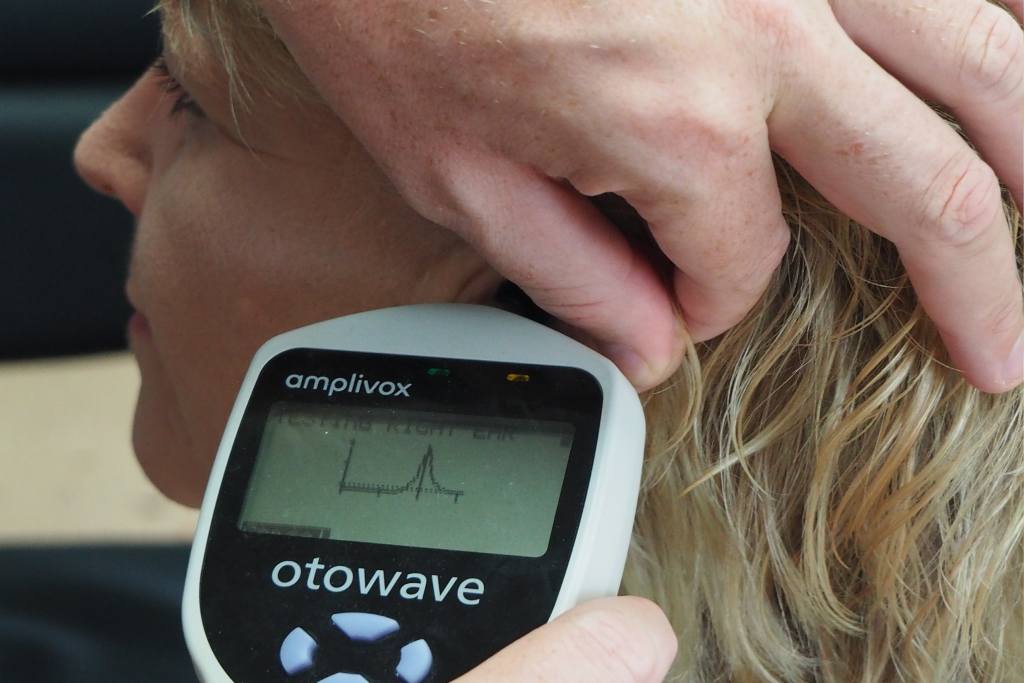Keeping Our Ear Canals Healthy

Many of us know the feeling of scratching an ear itch and feeling wax in our ears, or taking out an earbud to see wax on the tip. Where does this wax come from, and what should we do about it?
What is ear wax?
Ear wax is a common product made in the ear canal that consists of keratin and cerumen (oily secretions created by glands within the ear canal. How much wax, wax consistency, and wax colour can vary from person to person.
Why do we have ear wax?
There are various theories as to why we produce ear wax. The most common theory is that wax serves to both protect and clean our ears. The wax in our ears provides a protective layer to the sensitive skin in out ear canal. Wax acts as a lubricant for the ear canal which can reduce dryness or itchiness. It is not uncommon to see people mention itchy ears when they use Q-tips as they are removing the natural lubricant of their ears. As an added bonus, wax helps the ear by cleaning it; Wax moves the dead skin towards the entrance of the ear canal, taking any dust or debris with it.
Why do we get a build-up of ear wax?
The reason we get a build-up of earwax or impacted earwax can vary from person to person. Commonly we see that individuals with “hard wax” are more likely to be impacted due to the wax not moving as quickly towards the ear canal. Some individuals have small, or curvy, ear canals which can result in the wax being “trapped behind corners”, which can be difficult for someone to remove on their own.
Side effects of too much ear wax
Overall, keeping the ear canal health and dry is a crucial part to managing the condition of your ears. Clean ears help prevent problems that sometimes occur when the ear canals become too wet or plugged up with earwax.
How to Take care of your ears.
- Avoid the use of Q-Tips – using Q-Tips can cause wax to be pushed further in the ear resulting in compacted wax that can be difficult to remove. You also risk harming delicate middle ear structures if Q-tips are not used properly. Instead to clean the ear we recommend using a soft towel to wipe down the outside of the ear after a shower.
- Consult your family physician or audiologist before using any wax softening/removal remedies. You want to be sure before you try to remove the wax that there are no other concerns with the ear such as irritation or infection. It may be the case that your earwax has hardened in the ear resulting in it being difficulty to remove. Your overseeing clinician may recommend softening the earwax before removing. Always consult before placing something in your ears.
- Dry outer ear: if your find that your outer ear has become dry, try using a drop of mineral oil to sooth the skin of the ear.
Wax Removal Strategies that clinicians may use:
- Curette – A curette is small plastic scoop used by audiologists to gently scoop out wax in the canal.
- Flushing – Flushing with water can be done at home by the client or in clinic by a trained audiologist or doctor. If done at home, there is the risk of pushing wax deeper into the canal against the eardrum which can cause discomfort. The benefits of having a trained professional flush your ear includes ensuring correct water temperature, correct pressure, and maintaining the health of the eardrum.
- Suction –Only done by trained audiologists or Ear, Nose, and Throat (ENT) specialists. Suction can be an effective way to remove earwax when traditional methods like curettes and flushing cannot be done.
If you think you have impacted or bothersome wax in your ears, please reach out to see what your options are for wax removal.
No content on this blog should ever be used as a substitute for direct medical advice from your doctor or other qualified clinician.



